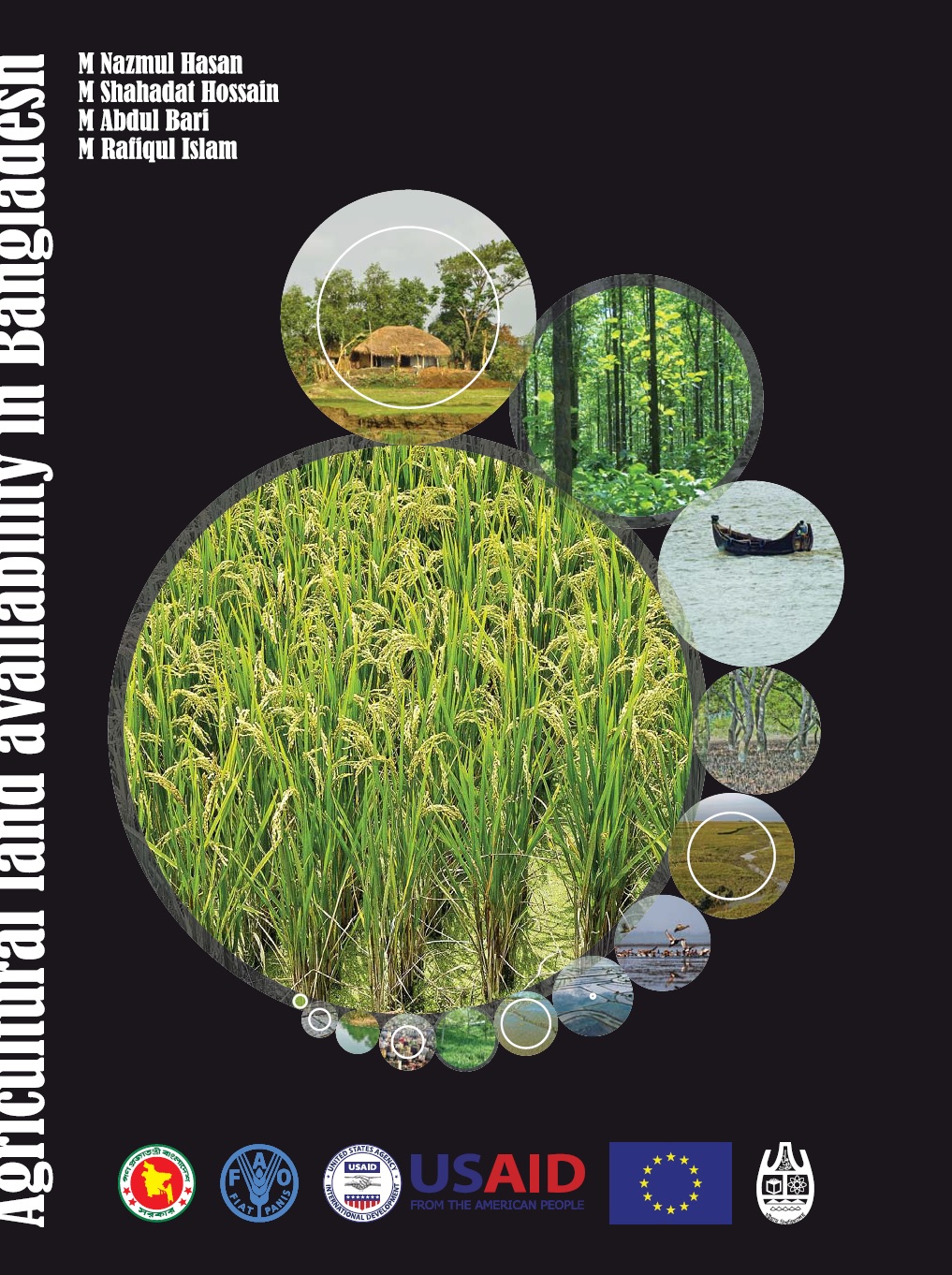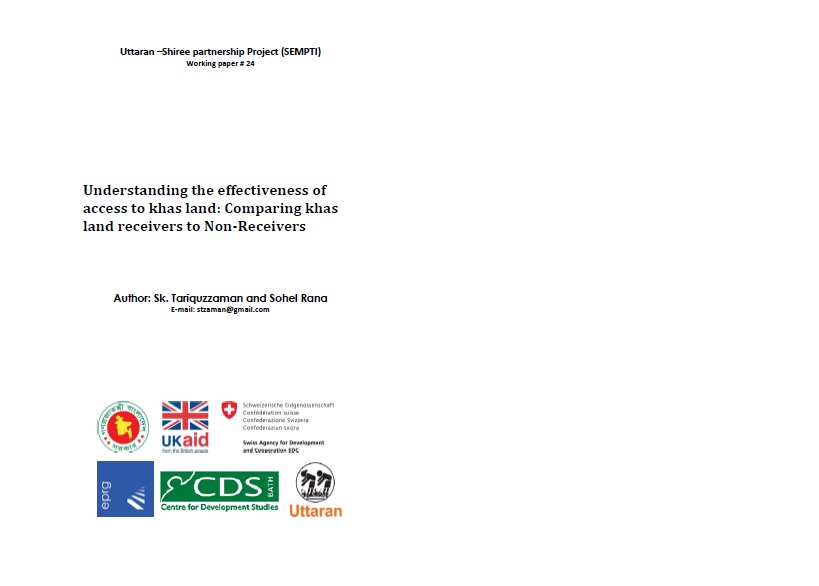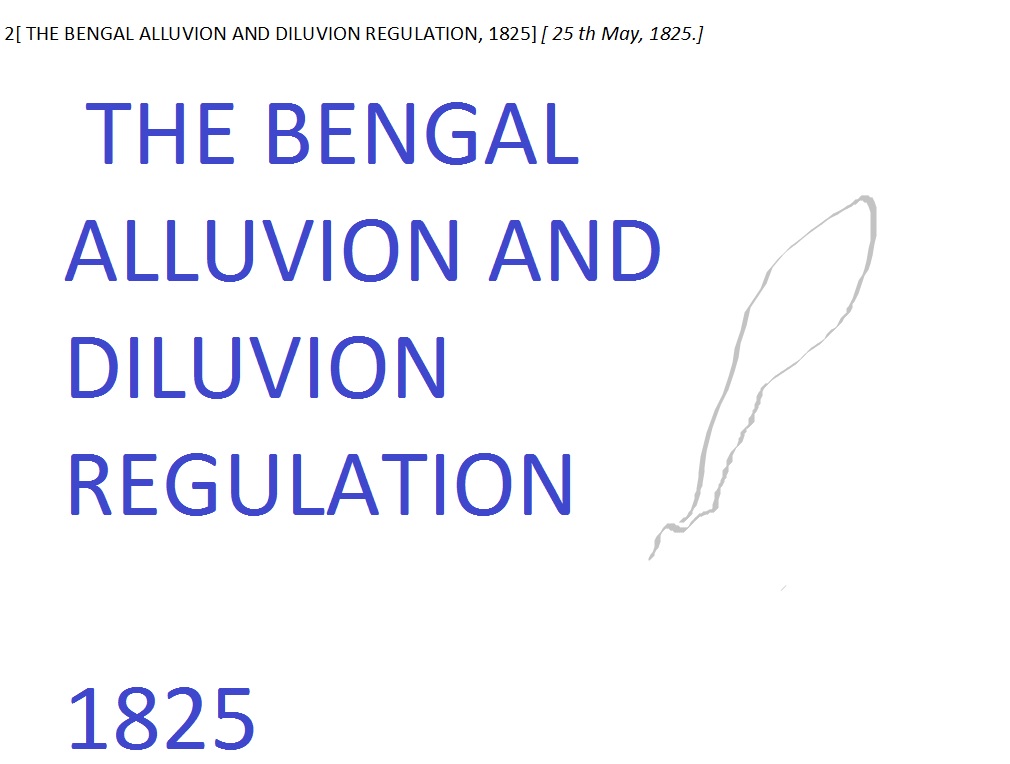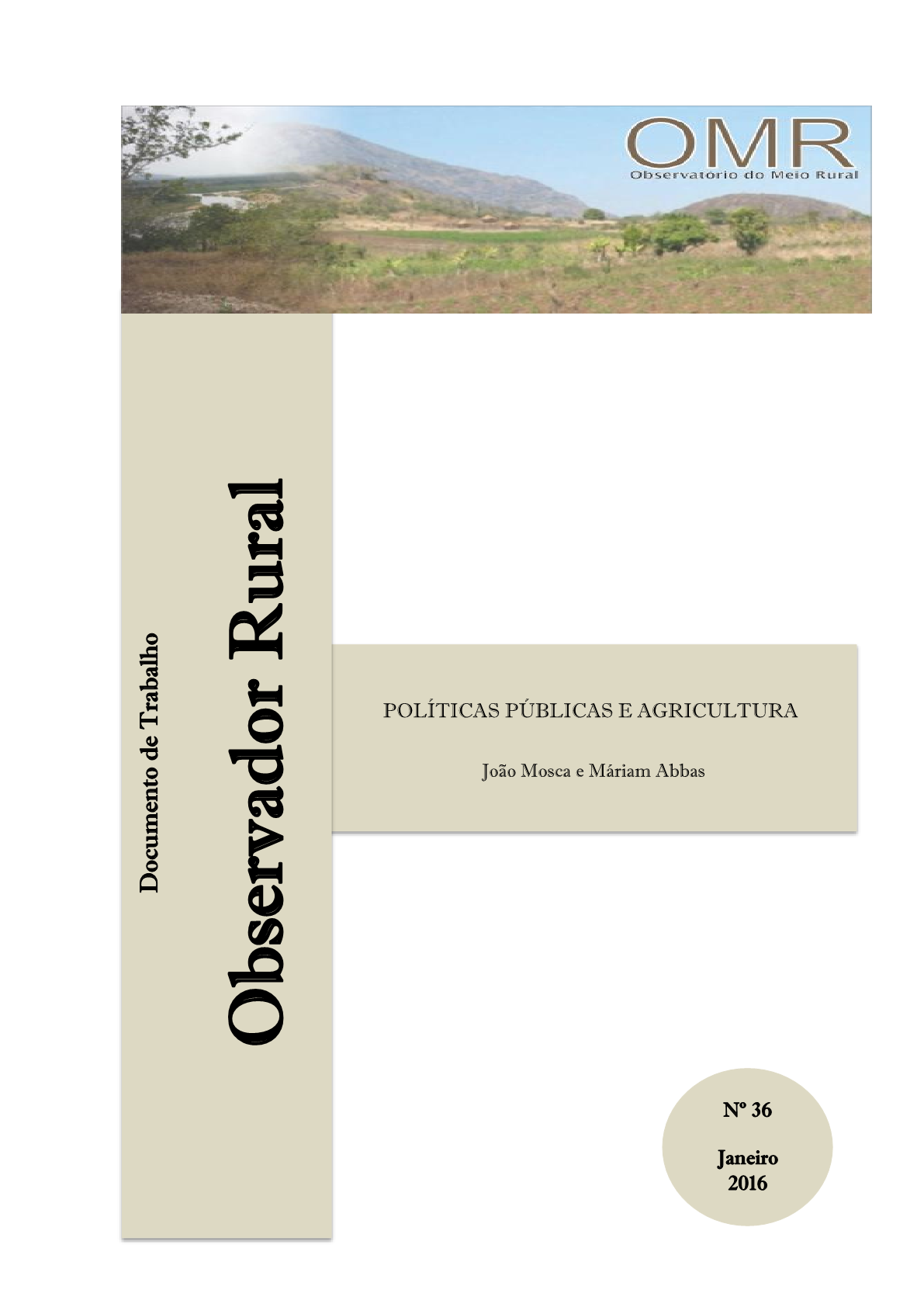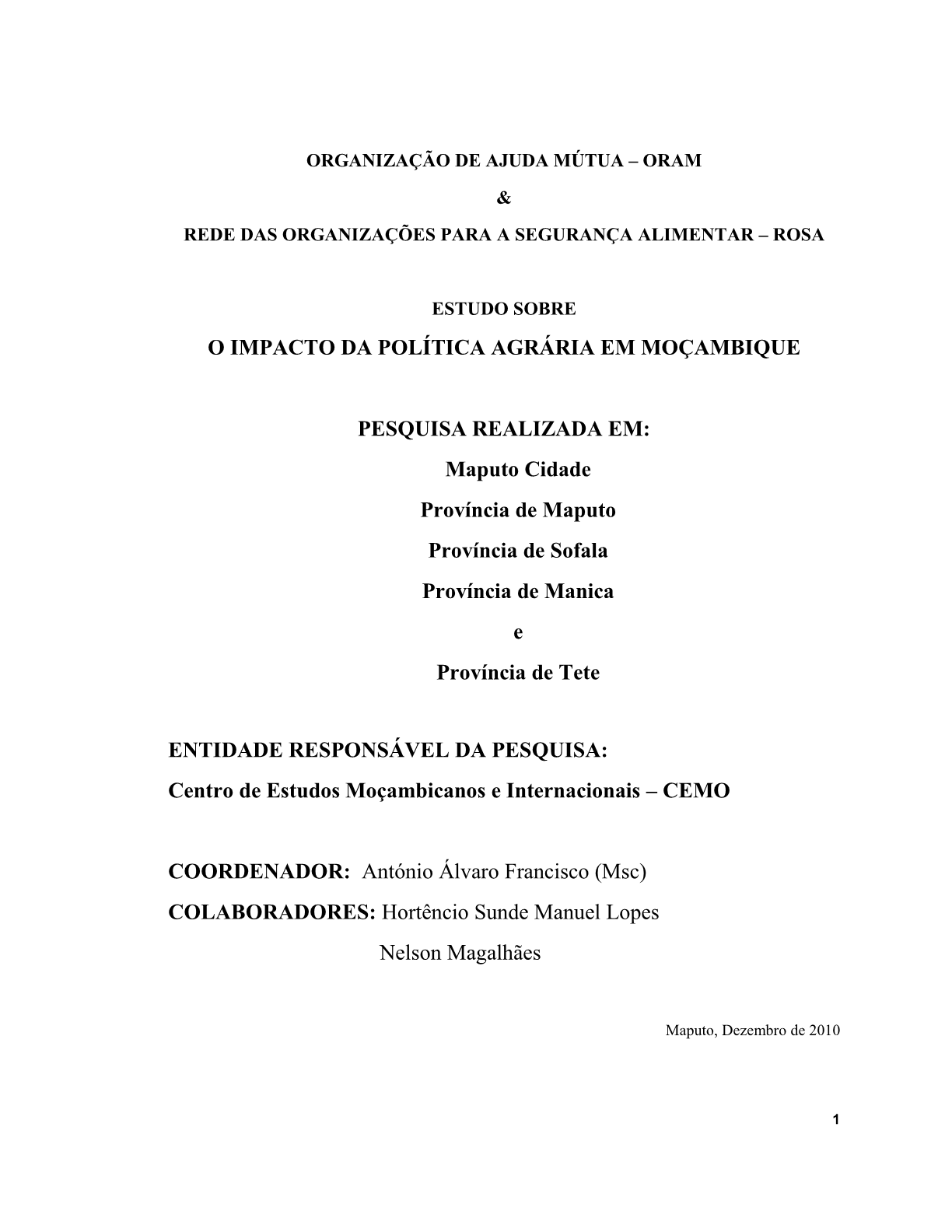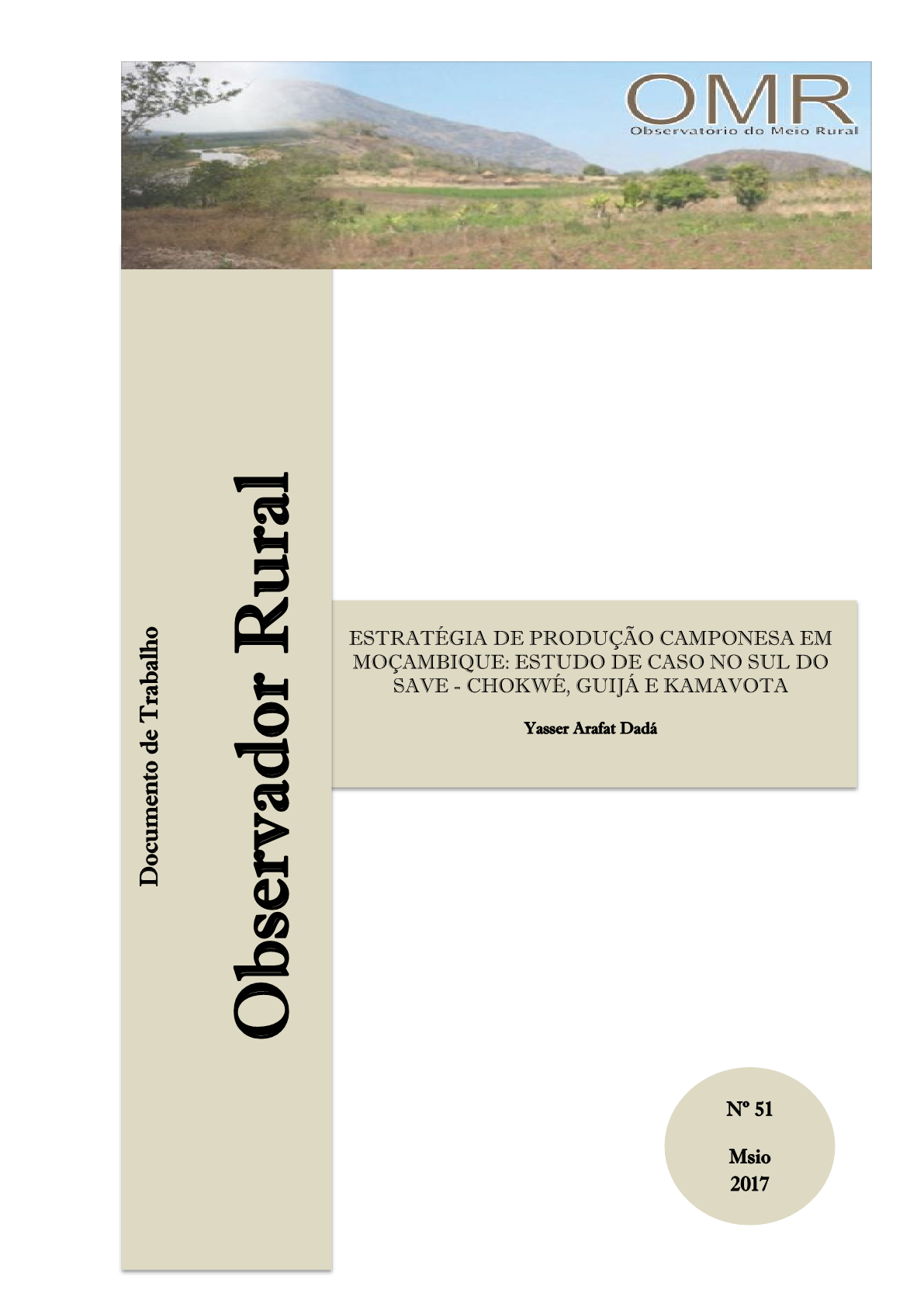Access to Public Resources by Asserting Rights And Justice for Economic Opportunities- APARAJEO Project
APARAJEO is working for establishing land rights to the landless people in Southwest Bangladesh. At present, total of 150,214.64 acres of khasland lies in the southwest region. And over one million landless people exist in the targeted areas. At the end of the project, 44,000 landless peoples of Satkhira and Khulna district will have increased access and




